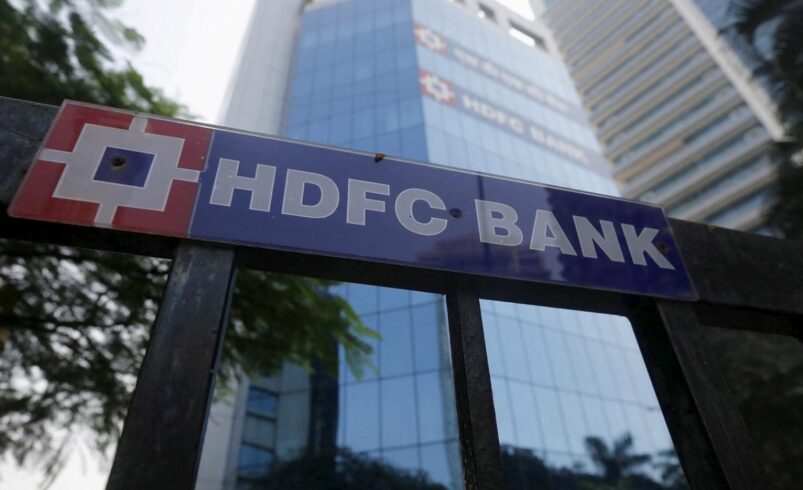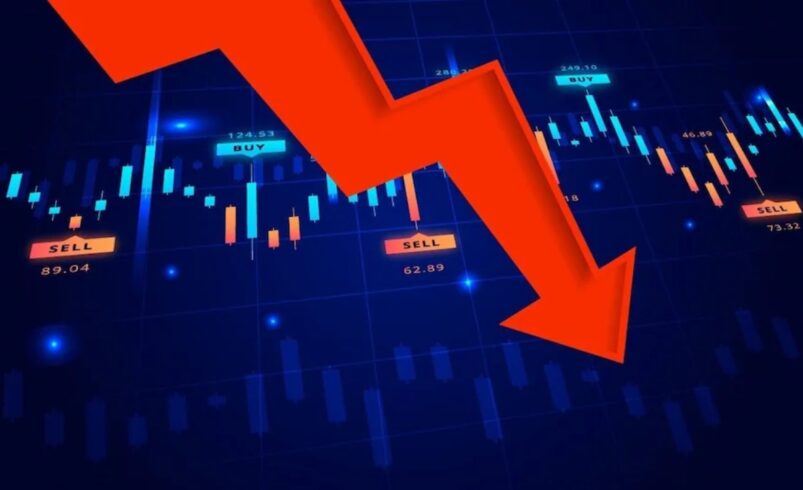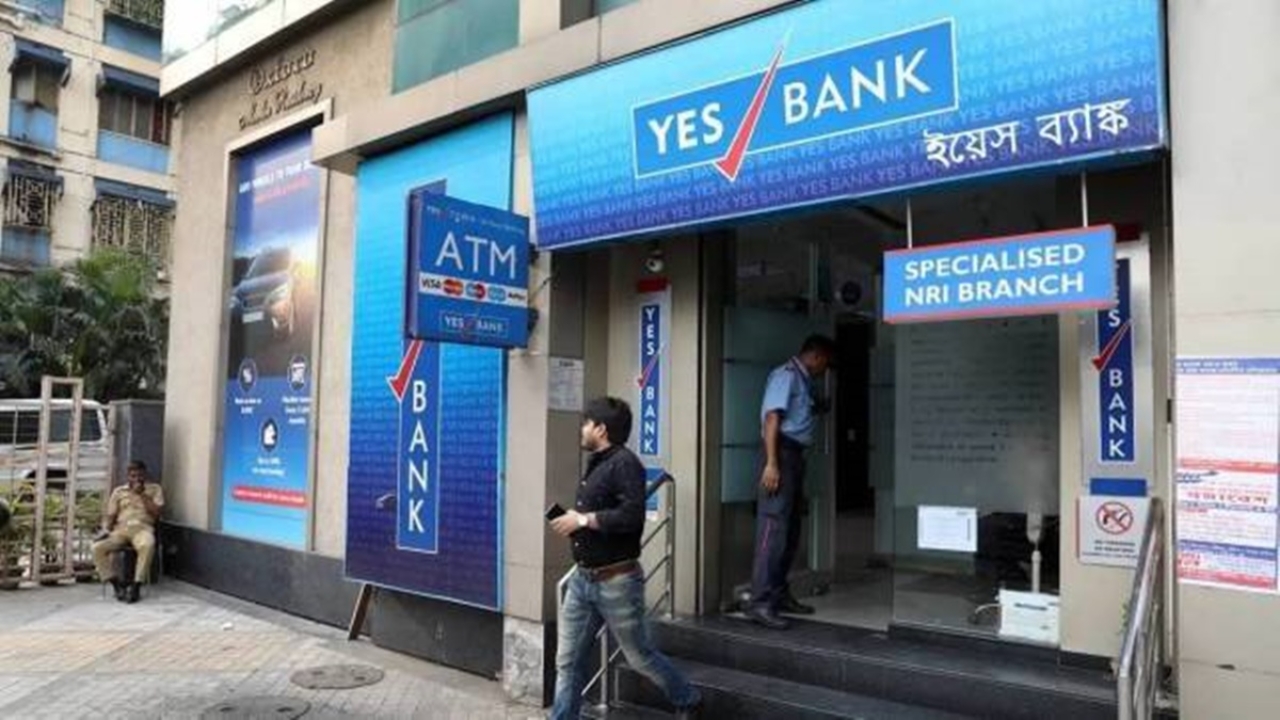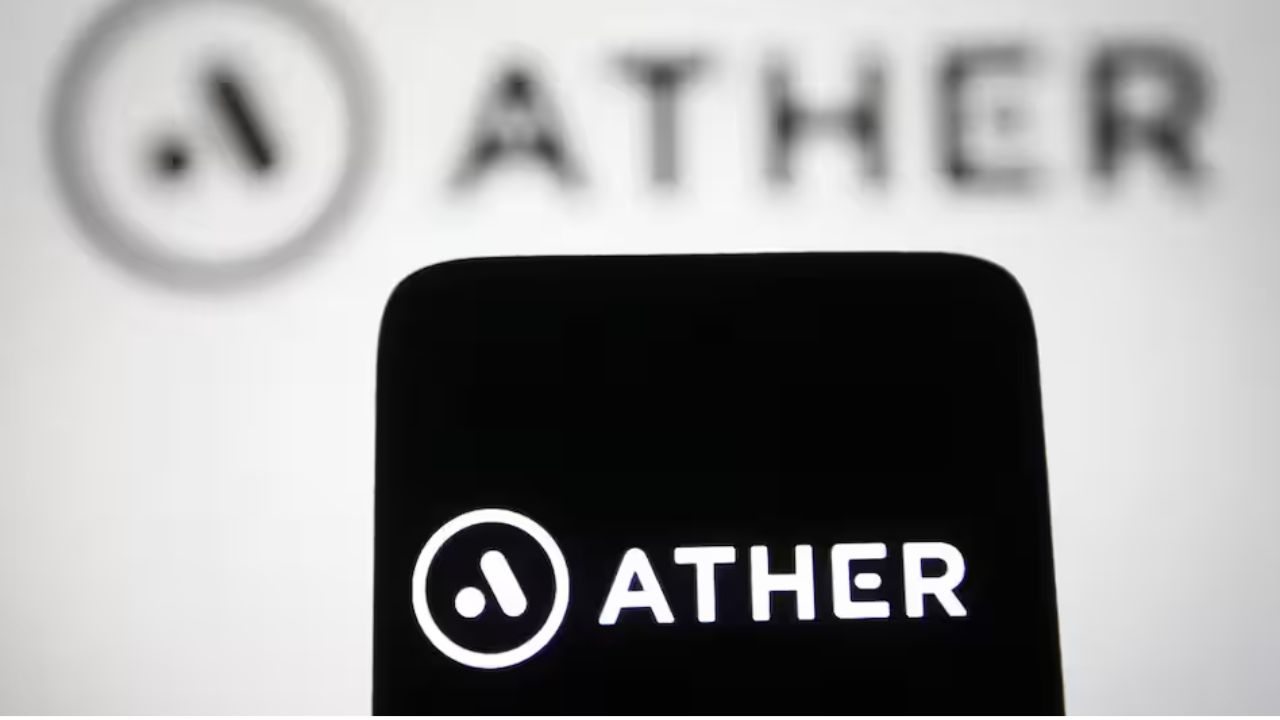India’s banking sector has been closely aligning its interest rate strategies with the Reserve Bank of India’s (RBI) recent monetary policy actions. In line with this trend, HDFC Bank has announced a significant reduction in its fixed deposit (FD) interest rates by up to 50 basis points (bps) across various tenures. The move follows the RBI’s decision to cut the repo rate, aiming to support economic growth by making borrowing cheaper for businesses and individuals. As a result, banks are adjusting their deposit and lending rates, reflecting broader market trends and monetary policy dynamics.
HDFC Bank’s Revised Fixed Deposit Rates
The revised FD rates from HDFC Bank now offer returns ranging between 3% and 7.10% for general depositors and between 3.5% and 7.55% for senior citizens. This revision impacts multiple tenure brackets. For example, FDs maturing in 15 months to less than 18 months will now fetch an interest rate of 7.05%, reduced from 7.10%. Similarly, for deposits with maturities of 18 months to less than 21 months, the interest rate has been slashed by 20 basis points, now offering 7.05%, compared to the previous 7.25%.
The FD rates for tenures spanning 21 months to two years have also seen a 30 basis point reduction, moving from 7.00% to 6.70%. For longer-term deposits, ranging from two years and one day to less than three years, the rates have been lowered by 10 basis points to 6.90%. Notably, long-term FDs from five years and one day to ten years have undergone a substantial 50 basis point cut, with rates now standing at 6.50%, down from the earlier 7.00%.
These rate adjustments are part of HDFC Bank’s strategic response to shifting economic conditions, inflation trends, and the RBI’s monetary policy decisions. The changes are expected to impact new depositors and existing customers with maturing FDs looking to reinvest.
Changes in Savings Account Interest Rates
Alongside fixed deposits, HDFC Bank has also revised its savings account interest rates. Effective April 12, 2025, the interest rates on savings accounts have been reduced across various deposit slabs. For balances under Rs 50 lakh, the interest rate now stands at 2.75% per annum, down from the previous 3.00%. For savings account balances of Rs 50 lakh and above, the new rate is 3.25% per annum.
This marks a significant shift, as HDFC Bank had maintained steady savings account rates for nearly three years. The recent adjustments reflect the bank’s recalibration of its financial strategy in response to the evolving interest rate environment and economic indicators.
Discontinuation of Special Edition FD Scheme
As part of its broader rate adjustments, HDFC Bank has also discontinued its special edition fixed deposit scheme, which previously offered higher interest rates to depositors. This decision, effective from April 1, 2025, is aligned with the bank’s effort to standardize its deposit products in line with prevailing market rates and ensure balance sheet efficiency.
Broader Trends in the Banking Sector
HDFC Bank’s decision to revise its deposit rates is reflective of a wider trend in India’s banking sector. Several other major banks, including IDBI Bank and ICICI Bank, have also adjusted their FD interest rates following the RBI’s repo rate cut by 25 basis points on April 9, 2025, which lowered the benchmark lending rate from 6.25% to 6%.
Banks typically respond to repo rate cuts by lowering their deposit and lending rates. While reduced lending rates make borrowing more affordable and support economic growth, they also lead to lower returns for depositors. Consequently, financial institutions must strike a balance between offering competitive deposit rates and managing their interest margins effectively.
IDBI Bank’s Interest Rate Revisions
In response to the RBI’s move, IDBI Bank has discontinued its special FD schemes for tenures of 300 and 375 days, affecting customers who prefer short-term deposits with higher returns. The bank has also revised interest rates for its existing fixed deposit schemes.
For instance, IDBI Bank now offers a 7.25% interest rate for general citizens on its 444-day FD tenure. Senior citizens enjoy an enhanced rate of 7.75%, while super senior citizens are entitled to 7.90%. The 555-day FD rate stands at 7.30% for general citizens, 7.80% for seniors, and 7.95% for super seniors. Additionally, for the 700-day tenure, the interest rates have been set at 7% for general depositors, 7.50% for seniors, and 7.65% for super seniors.
These adjustments are aimed at attracting long-term depositors by offering competitive rates in a falling interest rate environment.
ICICI Bank’s Adjusted FD Rates
ICICI Bank has also aligned its fixed deposit rates with the recent policy rate cut. The interest rate for FDs ranging from 15 to 18 months has been reduced by 45 basis points to 6.8%. For tenures between 18 months to 2 years, the rate has decreased by 20 basis points to 7.05%.
The bank has, however, maintained a consistent interest rate of 6.9% for fixed deposits maturing between two years and one day to five years, as well as for its five-year Tax Saver FD. This strategic move allows ICICI Bank to remain competitive while managing its cost of funds in the wake of the RBI’s rate reduction.
Impact on Depositors and Market Outlook
The recent wave of interest rate cuts on fixed deposits and savings accounts is likely to impact individual savers and senior citizens who rely on interest income from bank deposits. While borrowers stand to benefit from lower loan rates, depositors may need to explore alternative investment options such as government bonds, mutual funds, and other financial instruments to secure better returns.
At the same time, these rate revisions highlight the banks’ efforts to align their financial products with the evolving economic landscape and monetary policy directives. The RBI’s repo rate cut is aimed at stimulating credit growth and supporting economic recovery, and banks are swiftly recalibrating their strategies to remain competitive while safeguarding profitability.
As more banks respond to the RBI’s policy cues, further adjustments in deposit and lending rates across the sector are anticipated in the coming months.
Source : Business Today









